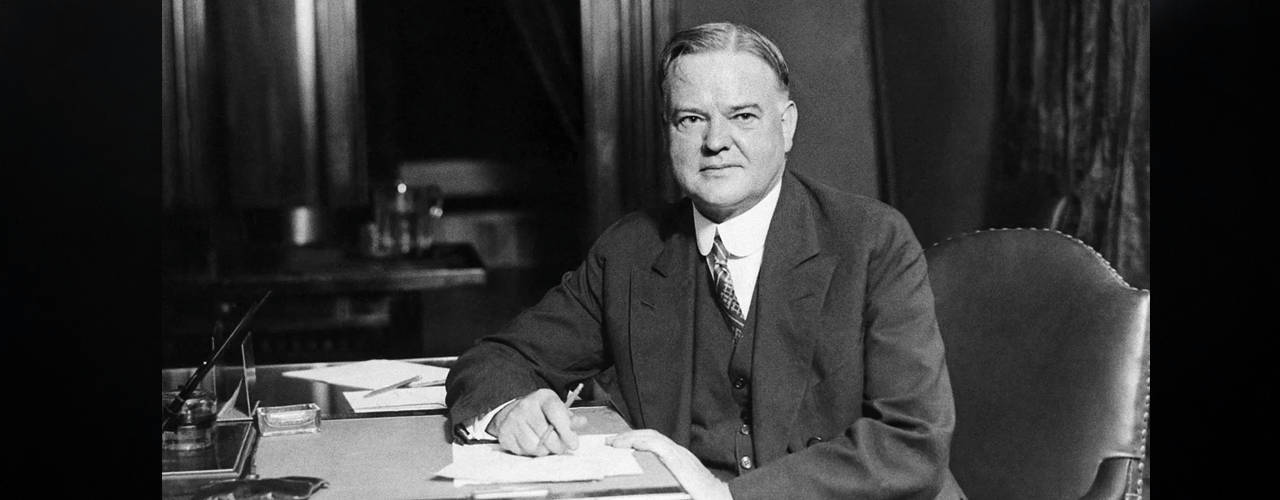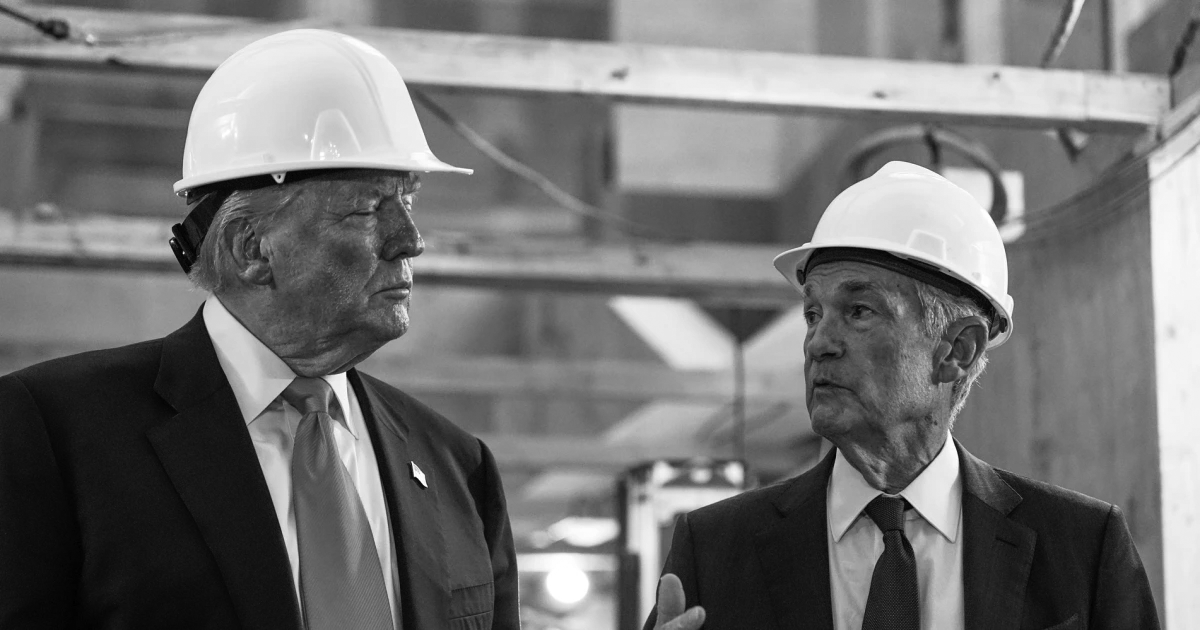The Federal Reserve has remained a contentious fixture in U.S. history since its establishment in 1913. Though regarded as independent, it operates with a public-private framework, where the Reserve Banks were intentionally built with certain private features. Throughout history, U.S. presidents have exerted influence over the Federal Reserve, challenging its independence through appointments, public criticisms, and direct pressures to align monetary policy with political goals.

Posts on social media show Democrats are upset with Trump’s firing of Cook.
The Fed’s very creation would not have succeeded without the efforts of the 28th U.S. President, Woodrow Wilson, a Democrat who believed in regulating the private sector and supported the notion that the government should direct corporations to serve the public over a pure free-market system. Wilson and his allies established the Fed with the stated goal of curbing the recurring financial panics that had plagued the banking industry.

President Woodrow Wilson.
However, many of the same powerful banking families and their representatives, who were entangled in issues like the Knickerbocker Crisis during the Panic of 1907 and earlier 19th-century bank upheavals, played pivotal roles in shaping and promoting the Federal Reserve System’s creation in 1913.
Wilson signed the Federal Reserve Act into law on Dec. 23, 1913, creating the central bank while structuring it to include presidential appointees on the board, balancing private banker control with government oversight. His role set a lasting precedent for executive involvement, as Wilson not only sought to calm banking panics but also embedded channels for continued political influence within the Fed’s framework.
This was followed by the 31st President, Herbert Hoover, who at the onset of the Great Depression in 1929 pressed the Fed to cut interest rates to support recovery. Instead, the central bank raised them.

President Herbert Hoover.
Hoover’s efforts exposed early strains, as his administration’s push for monetary easing collided with the Fed’s choices, highlighting the institution’s fragility in maintaining autonomy during crises. Exerting pressure to resist action is also a form of influence.
Franklin D. Roosevelt (FDR), a Democrat like Wilson, moved decisively in 1933 by suspending the gold standard, forcing the Fed to issue currency without gold backing and consolidating authority through the Banking Acts of 1933 and 1935. Roosevelt’s influence, along with that of the same banking families tied to the Fed’s creation, was deeply woven into this period.

President Franklin D. Roosevelt (FDR).
Throughout the Depression and World War II, Roosevelt bent Fed policy to Treasury priorities like the spoon in the Matrix, capping interest rates to cheaply fund government debt and the war effort. This era likely represented the height of presidential control, with the Fed functioning as an arm of executive fiscal policy, sustaining vast deficits through bond purchases. Wilson’s establishment of the Fed and Roosevelt’s later assertive control both aligned with the financing demands of World War I and World War II.
Like Trump, the Democrat Harry S. Truman confronted Fed Chair Thomas McCabe in 1951 over financing the Korean War, calling the Federal Open Market Committee (FOMC) to the White House and insisting on low rates to sustain military spending. Truman’s pressure forced McCabe’s resignation, and although the Treasury-Fed Accord of 1951 sought to reestablish a measure of independence, it highlighted the president’s considerable sway over wartime economic policy.
John F. Kennedy (JFK) held frequent meetings with Fed Chair William McChesney Martin, pressing his preferences on interest rate policy to fuel economic expansion in the early 1960s. Kennedy’s involvement showed how informal consultations could gently steer Fed decisions, aligning monetary tools with the administration’s growth goals. Lyndon B. Johnson intensified the clashes in 1965, summoning Martin to his Texas ranch and berating him after a rate hike that conflicted with Vietnam War financing.
Johnson’s hard-edged tactics, captured on recordings, compelled short-term policy adjustments, revealing how personal intimidation could bend decisions. History demonstrates that the Fed’s structure, from the outset, has been vulnerable to political influence, embedding a constant tension between its stated independence and its practical reality. This enduring paradox makes the Fed’s autonomy less an absolute principle and more a conditional state, shaped by political pressures and the dominant personalities occupying the executive branch.
In another instance, Richard Nixon appointed Arthur Burns as Fed chair in 1970 and pressured him for expansionary policies ahead of the 1972 election, demanding low rates to stimulate employment. Nixon’s demands, revealed in White House tapes, contributed to the 1970s inflation surge, as Burns complied, prioritizing political timelines over long-term stability.
Trump’s clash with Powell and the dismissal of Cook thrust the central bank into a familiar political theater, echoing earlier battles but heightened by today’s divided climate. Many argue the president’s forceful approach rattles the Fed’s credibility abroad, hinting that its independence could face trials not witnessed since the upheavals of earlier presidencies. But is that really the case?

President Donald Trump and Fed Chair Jerome Powell.
The showdown between Trump and the Fed illustrates how presidential authority can still slip through the institution’s so-called fortified walls. Through appointments, removals and public pressure guiding policy cues, the coming months will reveal whether this latest struggle demands lasting concessions or simply reaffirms the delicate, conditional phony-autonomy the Fed has theatrically displayed since its founding.
免责声明:本文章仅代表作者个人观点,不代表本平台的立场和观点。本文章仅供信息分享,不构成对任何人的任何投资建议。用户与作者之间的任何争议,与本平台无关。如网页中刊载的文章或图片涉及侵权,请提供相关的权利证明和身份证明发送邮件到support@aicoin.com,本平台相关工作人员将会进行核查。



